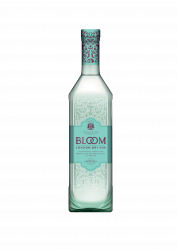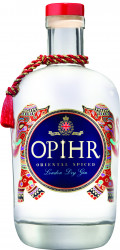Joanne Moore is the only woman in the world working as a gin master distiller. We chat to her about her life's passion and what makes a great gin
How did you get into distilling?
I graduated in biochemistry and started my career at G&J Distillers, in the quality control lab, focusing on product development and the wonderful world of botanicals. When our sixth master distiller retired in 2006, I was made Master Distiller, the seventh only since 1761.
Would you say distilling has a mystique to it; all the secrecy over formulas?
It's true, we're very protective over our recipes as this is ultimately our intellectual property. Although most distillers are happy to tell you the main botanicals they used, this doesn't mean you will be able to copy the recipe. It's like if we were all given the same ingredients to make a case, the end results will never be the same; the devil is definitely in the detail!
What are the core botanicals used to flavour gin?
The holy trinity for me is juniper, coriander and angelica. The combination of these three flavours provides the classical perfumed note from juniper citrus and coriander, and earthy savoury notes from angelica. It's the perfect backbone to any gin and is my starting point on all gin journeys.
How would you describe the evolution of gin?
Gin evolved from a coarse, heavily sugared spirit during the London gin craze of the 18th century, to a more quality London dry-style like that of Greenall's Gin. Then came a long period of innovation, and now, suddenly, an explosion of new gins: floral gins like BLOOM, herbaceous gins like Berkeley Square and evenly spiced gins like Ophir. There's a gin to suit everyone's taste.
What are the more unusual botanicals you have used?
I used red cole, which is commonly known as horseradish, in our Thomas Dakin gin, which we launched recently. It gives a bittersweet and savoury flavour with a fantastic bite in the tail.
Are there any interesting stories behind your botanicals?
The lemon and orange peels we use are grown in Spain; local families select the fruit and hand-peel it, leaving some pith on, then hang the peels to dry naturally. Our juniper berries grow wild on Tuscan mountains. The higher up the mountain, the smaller the berries, and the more concentrated the oils in them. We work with local families who know where to collect the best berries.





